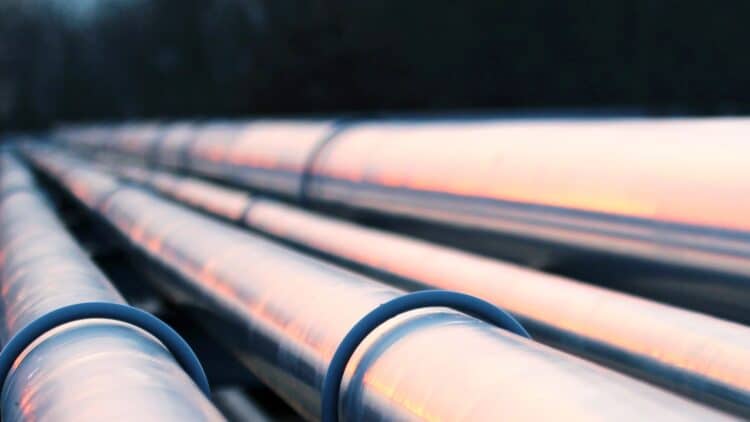The prestigious city of New York has made another ground-breaking investment, taking the energy industry by storm. New York has decided to invest a reported $1 billion to provide power for 2.3 million homes. The 37-mile project runs underneath the seafloor, but it has most certainly not flown under the radar, as supporters and detractors have all voiced their opinions on what this significant Investment means for the entire energy industry.
The anticipated ramifications of New York’s $1 billion project
The Northeast Supply Enhancement (NESE) has been accepted by both New York and New Jersey, marking the commencement of a $1 billion energy project. The energy production will take place 37 miles beneath the seafloor, where energy will be transferred from Pennsylvania all the way to New Jersey. To some people, the authorisation of a fossil fuel-centred project is controversial, considering the growing concern caused by greenhouse gas emissions. Yet, to other people, the provision of power for an estimated 2.3 million homes negates any disadvantages.
The Senator of Manhattan, Liz Krueger, recently made headlines after entirely denouncing the decision made to approve the project. The Senator did not pull back any punches, calling the decision a “perverse” “environmental nightmare”. Although the Senator’s comments are at the forefront, her words do not represent the feelings of all Americans.
New York’s plan to power 2.3 million homes: Striking a balance between the economy and the environment
The 37-mile project that runs beneath the seafloor is an underwater natural gas pipeline that promises to provide power for 2.3 million homes. Such a large-scale project conveys that the US has not entirely abandoned fossil fuels, replacing them with clean energy. Hence, when the project was approved, many people were left in shock as they did not anticipate that the US was still launching fossil fuel projects.
Supporters of the project appreciate that it will generate an estimated $1.8 billion and provide job opportunities for people, especially during the construction phase. The price of natural gas has drastically skyrocketed in the US. Hence, launching such a massive project ensures that gas is an accessible energy source, therefore contributing to lowering its price. The supply of natural gas had also halted in the US, so this 37-mile project will ensure that the country still has a variety of energy sources.
An assessment of the 37-mile project’s negative impact on the environment
There is a common trend in the energy industry whereby people are demanding that a balance be struck between serving the economy and preserving the environment. Detractors of New York’s $1 billion project state that it negates all the efforts that the state previously contributed toward clean energy. Thus, approval of the project indicates hypocrisy and a lack of care for the environment. In the words of the Senator, the “dirty fracked gas pipeline” is not required in the energy industry.
New York’s $1 billion investment: Does it bring more benefits than negatives?
It is worth noting that the natural gas project had previously been rejected 3 times, so what caused it to get approval this time? Perhaps it was the project’s inclusion of a plan to limit ecological impact, or maybe it was accepted to benefit human beings who require reliable gas, especially during the winter. Answering the question of whether the positives outweigh the negatives ultimately depends on which side one falls on: the environment or humans.
When the NESE pipeline was approved, the target may have been to maximize the short-term benefits of fossil fuels. The US may be using the state of New York to slightly or momentarily pivot from the clean energy initiative. The Investment is risky and liable to criticism, but if executed properly, both the environment and human beings will reap the rewards.


